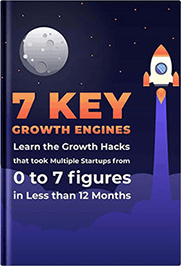
Statistics at the World Bank show that there has been an increase in the number of brands and companies that have ventured into business over the years.
The companies and brands have been started with the aim of providing various services and products for consumers’ essential use while making profits. This, in turn, has raised competition on the market as the businesses look to get consumers for their products and services.
Therefore, all companies and brands are working hard all day to improve their marketing skills as it is one of the main factors that influence any business growth. Even the world’s popular and prominent businesses like Coca Cola thrive on marketing.
To be successful in this competitive environment, marketers have therefore invented ways, tricks, and ploys that attract most of the consumers. We can describe these tricks and ploys as sophisticated selling techniques and or clever traps that salespeople use to ensnare customers or shoppers.
Most of these tricks and ploys have been laid down and briefly discussed in this article. At the end of it, you should be able to notice just in case the tricks are pulled on you or you come across them.
1. Creating a Sense Of Scarcity
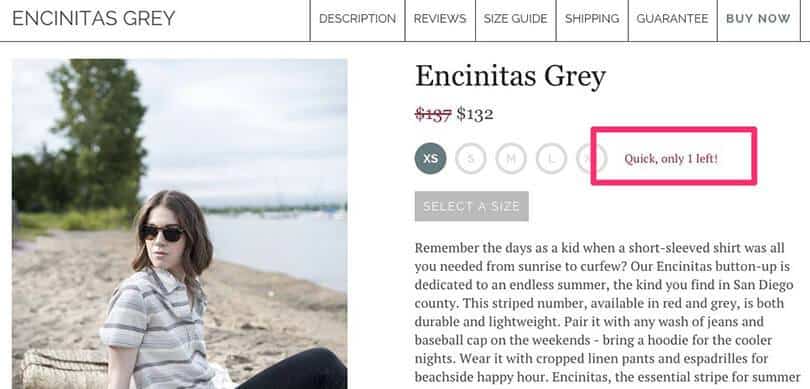
‘Creating a sense of scarcity’ is number one on this list! Deservedly so, it is one of the most common trick deployed by marketers across the world alongside ‘creating a sense of urgency’.
Whether online or in our normal stores, we will meet lines such as “hurry up while the stock lasts’ or “10 more products to go”. Such kinds of lines create a sense of scarcity which invokes fear of missing out in the clients.
Most clients will unknowingly go for such products because at the back of their minds, they think it is either now or never. However, in most cases, this is just a cunning language for advertisers.
\This kind of language usually has a huge impact on the market, with many consumers coming in to claim the “last ten products”
2. Creating a Sense of Urgency
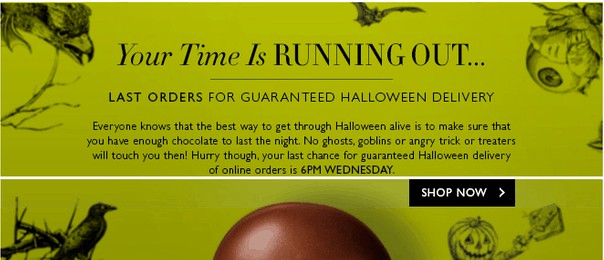
Just like the scarcity trick above, creating a sense of urgency is another very common ploy used by marketers. The ploy plays part by invoking the ‘Fear of Missing out'(FOMO) on a certain product within a limited period of time. You will meet lines like “this offer expires in a weeks time” or “ you have 10 minutes to claim this offer”
In reality, there is usually hardly any urgencies. In fact, they are just but lines that want to convince you that you need to go for that product/offer as soon as possible before the purported time expires.
3. Cunning Layout of Products

The shelves setting in all retail shops or supermarkets across the world is quite similar. Middle shelves also known as the Golden shelves are known to be occupied by hyper-advertised popular trademarks.
The top shelves are reserved for the less popular brands and the bottom shelves are typically for virtually unknown brands and companies. Sometimes the bottom shelves have children products like toys.
Companies who rent the middle shelves spend quite some more money which in turn has a direct effect on the price tag of their goods.
How To Avoid This Ploy
Always compare the quality and price of the goods and products from the lower and upper shelves before buying the goods on the middle shelf.
4. Buy One & Get One Free Trick (BOGO)

At least every human being likes free stuff. Ask anyone around if they would fancy a free product especially if it is useful these days and most of them would not mind.
Supermarkets, big shops, and even restaurants take big advantage of the “free stuff” behavior. They always have these “buy one and get 1 free” kind of promotions.
Most customers think that they will be getting a similar second product for free in these promotions. In reality, through the normal arithmetics, they will be purchasing the two products. Maybe you are wondering how. This is how it goes.
During “buy one and get one free” promotions, the 1 product to be purchased has in most cases, an inflated price. In some instances, the price of the product to be paid is worth the price of the two if they were sold separately at their normal price.
For instance, a piece of chocolate costs $5. In the ‘Buy one to get 1 free promo, you will find that the same piece of chocolate costs $9.99 for you to get the other one for free. In reality, the “free” chocolate price is already covered in the 1 product to be bought.
In some circumstances, you may get that you even spent more than you would have done if you avoided the buy one and get one free promotion.
However, there are genuine instances when you buy one and get a similar product free. This happens in retailers and other food stores especially in pizza food stores among others.
For retailer shops like supermarkets, they use that trick on products that have stayed on the shelves for quite some long. When they decide to offload the products, they will use the “buy 1 and get 1 free” ploy.
In food stores, this happens to promote sales on low pay days or rather day of the week when they usually get few clients and low sales.
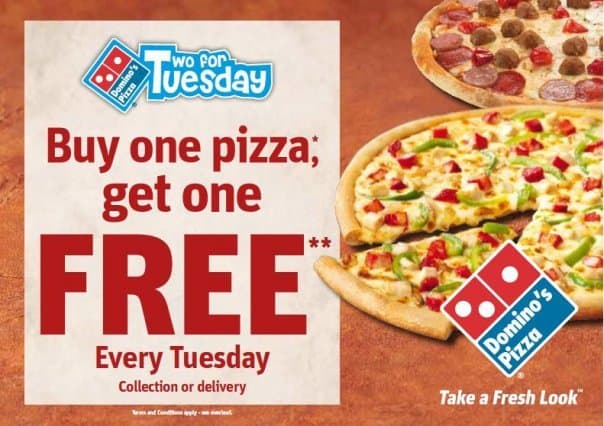
Once they set the buy one and get one free promotion on such days(the low sales days) they receive more customers. Many of the customers who always look forward to utilizing the offer. In the long run, the food stores boost boost their sales.
It, therefore, goes without saying that, all ‘buy one and get one free’ kinds of promotions are a win-win kind of situation for the seller, while to the buyer, it remains ploy they fall prey to.
5. Anthropomorphism
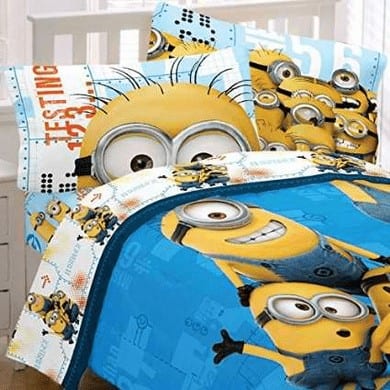
Anthropomorphism refers to the tendency of investing in creatures and things that have human characteristics and qualities. For instance, humans have developed a behavior of trying to talk to computers. Sometimes, they even go to an extent of arguing with them suppose they do not work properly.
Humans have also gone ahead and do talk to animals like they are humans. In some cases, they have given affectionate names to cars. Some of the anthropomorphism examples can be seen with animated movies like Minions, transformers, and Cars.
Some companies and brands have ventured into using animal mascots for their packaging design and brand promotion. These companies tend to get most of the empathetic customers who tend to empathize with the characters in the movies.
This happens because once they get empathetic, there will to buy the products rises. That is to say, anthropomorphism leads to an increase in sales by strengthening the customers’ trust in products of most companies.
6. Doing You a Favour

Most of us have been raised in a society of reciprocating favors. There is always the feeling of giving back when we receive something for free. Marketers clearly know this and are using it to the advantage.
What they do is give away something for free and in reciprocation, the consumers feel the needs to return the favors when they buy.
A study done back in 1971, showed that by giving a free bottle of Coke to people before having to sell them tickets to a coke event, people were two times more likely to buy a ticket than when they did not have a free bottle of coke.
7. Large Shopping Carts
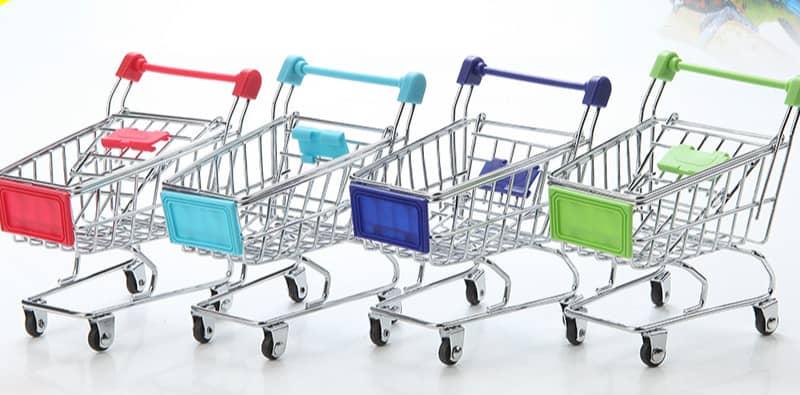
Did you know that you are more likely to spend more as you do your shopping when you use shopping carts instead of baskets? Research has it that you are likely o spend 40% more than initially planned.
This is exclusive for instances when you want to stock up food for a number of days or make purchases that aim at meeting the needs and demands of a large extended family
Aside from large shopping carts, food essentials like milk bread and butter are positioned at the opposite end or even far end. This Strategy is usually done intentionally by supermarket personnel so that their customers can pick more (most cases, redundant) items on their way.
Additionally, in most supermarkets, the aisles are directed in an anti-clockwise direction to provoke customers to make a number of unplanned purchases.
8. Calling In the Authorities

Most consumers are easily influenced by authority. Sometimes known as the White Lab Coat Effect the strategy has worked big time. The strategy involves an actor looking so professional and putting on a snow white lab coat with the aim of presenting such an authoritative perspective.
The strategy drives more leads because it gives customers an extra will to buy with minimal skepticism and research. How? Once a consumer see an image of someone in a lab coat on an advert, they will assume the claims of the slogan on the advert are 100% legit.
9. The Gruen Effect
The Gruen Effect TRAILER from pooldoks on Vimeo.
Victor Gruen is an architect who designed the first ever fully enclosed shopping mall. Initially, before Gruen’s design, walkways used to link together the single storey buildings to create the initial shopping mall.
Gruen did a good job uniting a multitude of shops(only under one roof) and the aftermath left a mazelike supermarket. The eventual objective of his designs was to create a perfect, safe shopping environment that is always comfortable, well lit and always warm.
Most shopping malls of these days are built like that. Once you step up in those kinds of environments, you are more likely to get carried away with the comfort it provides. In fact, the light trance in the cool environment might make you fall into a state of disorientation. You might even ultimately forget the main reason why you visited the mall.
You will seem to lose the ability to make proper decisions while walking around a well-designed action center. In the long run, you will find yourself spending quite more than your initial plan by making impulse purchases.
10. Pricing Psychology
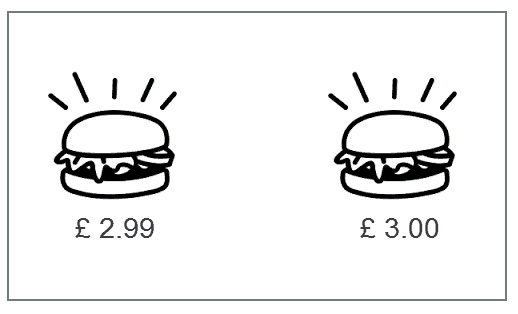
Most retailers know that if you price your products in values that end in 9’s, they are likely to draw more attention and create a perceived value. That is as long as the number on the left of the price tag reduces by 1 or something.
For example, they know that if you price tag a product at $499, it will always look cheaper than $500 in the eyes of a consumer. This also happens for small products. Consumers will always have it in mind that $2.99 is cheaper than $3.00 and they will end up purchasing the product.
Apart from being used in retailers This marketing ploy has also been used in menu pricing in most restaurants. To attain the perceived value, they add a more costly 3rd tier to the options on the menu to sell a high priced item to what is perceived as mid-price.
11. Quantity and Size Reductions
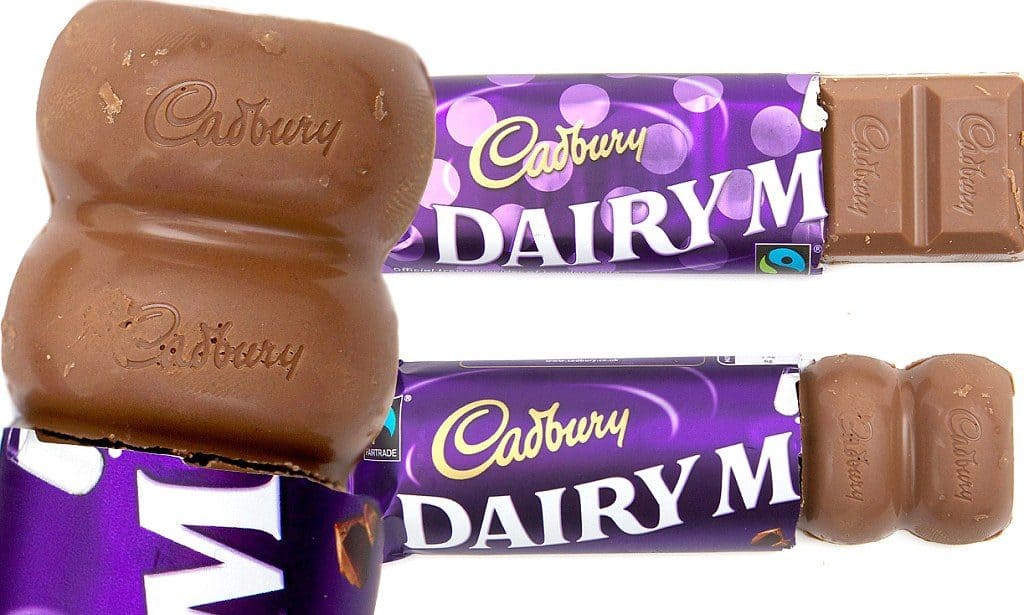
This happens with supermarkets and big brands products as well. The trick they do is that they reduce the quantity and or size of their products while maintaining the price tag.
Sometimes the reduction in the quantity and size is so little that customers may not notice. Even, if they do, at most times they are already addicted to the product that they will still buy it for the price given without even minding.
This kind of trick helps the retailers and large brand producers to achieve a stable profit without having to worry about raising the price tags of the products.
12. Creating Fake Problems
Marketers have realized that people these days do not just go to the stores and buy their products. So, what they do is come up with a “problem” the consumer had no idea about and present it in a way that scares them.
The solution to the problem presented is usually the product from the marketers who came up with the problem. Their only objective, therefore, remains to inflict fear into their customers so that they (the consumers) have no choice but to buy a product that solves a problem. A problem they never knew about.
This trick is mostly played in the health sector. We all know how health is critical, no wonder the ploy works magic. An example of a “problem” created by marketers is like the teeth whitening product.
While you think your teeth are safe because you brush them after every meal, they will still bomb you with advertising slogans like “been brushing teeth after every meal but your teeth are still sensitive?”
They will then end the advert by giving you a solution. “ With Sensodyne, your teeth will say goodbye to sensitivity. Sensodyne improves your smile”
13. Flattering Mirrors

This trick has been deployed mostly in clothing stores. They effectively set up “thinning” mirrors accompanied by superb lighting to make sure you look quite appealing by your own glance in the mirrors. This happens especially when you are trying on clothes that caught your eye and you may fancy purchasing them.
The mirrors tend to persuade you with a message of “call it as you see it” and as a satisfied customer you will reply with “just perfect”.
As soon as you get home and try your product on, you will realize that the item you bought does not fit you like it did in the store. These instances happen most of the times. You will hear people complaining that they loved their outfit in the store only to get home and realize it is not the way they thought.
This ploy regardless of whether you are aware of it or not will always work at all times.
14. Cunning/False Price Reductions
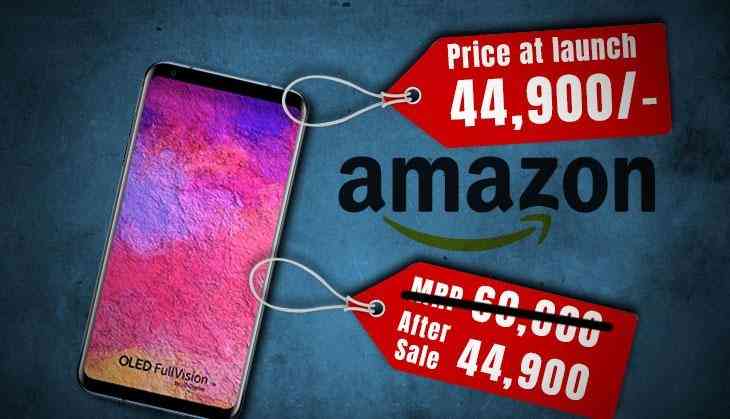
In stores, including online stores, we have more often witnessed price tags with new price tags written in quite bold digits while the old ones crossed out. What people do not realize is that most of these price reductions are 100% phony. In fact, they are just but a way to draw your attention while in the store.
What the shop assistants simply do is inflate the old price by some big margin like let’s say 20%. They then cross their fingers that their customers will not remember the original price of the product. If you do not remember, as a customer, you are going to get excited about the price reduction.
Once you get excited, you will buy the product thinking there was a massive price reduction, while in reality there was hardly any. There are more examples of instances when there is false price reductions or discounts. To give one more example, some restaurants/hotels/ food stores come up with “special offers”.
For example, they will offer you lets say, tea and cake for $10 as a special offer. Subconsciously, as a customer you are going to perceive it a really special offer and see it as a bargain while suppose you took close scrutiny, you will find out that each of the two (tea and cake) separately cost $5.
That means that there is hardly a difference between the special offer and the normal way but it is just a marketing ploy that makes you think it is a special offer discount.
15. Decoy Pricing
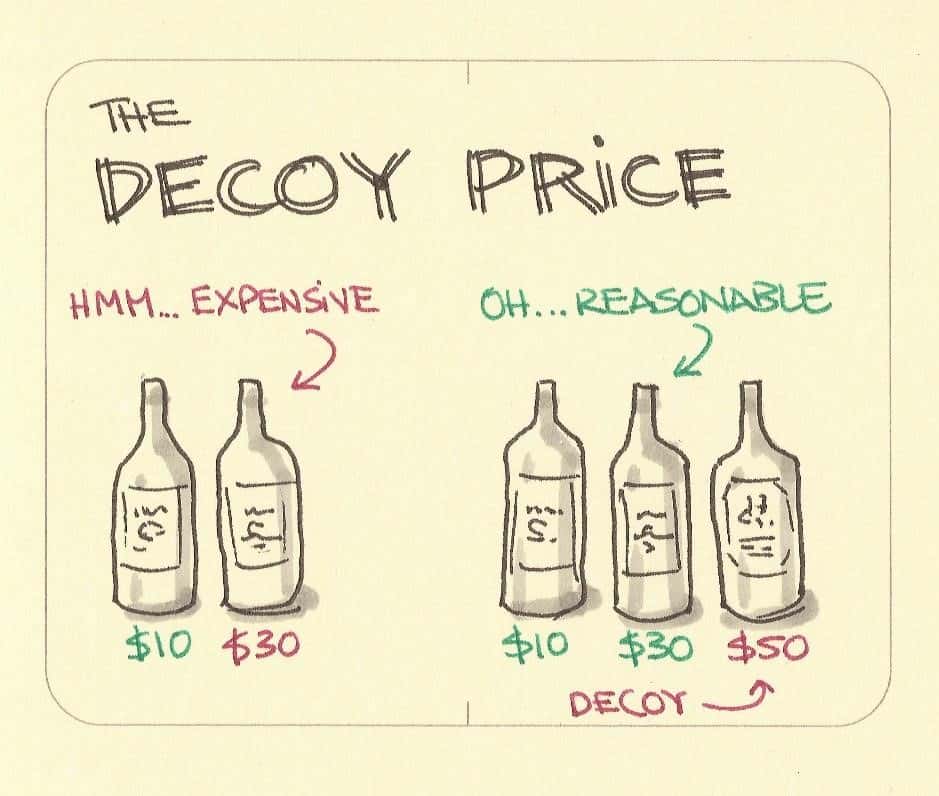
Not all products you see on the shelves are price tagged so that you buy them. Some are just on the shelf to act as decoy priced products. Sometimes you go shopping and find products on the shelf that are almost of the same quality and size but there is a slight difference in their price tags.
For example, if have two products of almost the same quality and quantity each tagged a price of $10 and $30, you are more likely to perceive the latter one as expensive.
However, if a decoy priced product( the 3rd product) of the same size and almost the same quality is introduced, with a price tag of let us say $50, then the perception totally changes. You will in fact see the $30 product as reasonable compared to previously when you saw it was expensive.
16. Offering a “New and Improved” Products
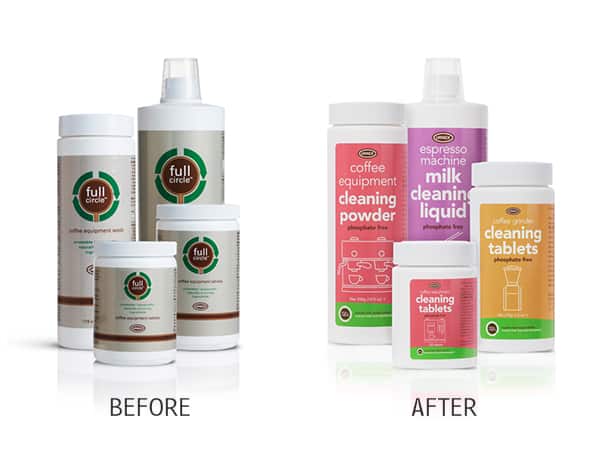
Not at one time, but many times you will hear companies and brands advertising a “new and improved” certain product. This trick has really worked on most consumers.
Maybe you have been using a certain product which has been serving you quite well. Chances are that you are more likely to purchase an improved product of the brand or company if you heard about it. That is the ploy most brands and manufacturing companies use.
All they do is change or modify just a little bit of their initial product and come advertising it as a new and improved product. In most cases, the new and improved product is usually more priced than the initial one and the companies use this ploy to prey on their consumers.
To give an example; a control experiment was done by a group of MIT students who tasted 2 beers. Beer 1 was a brew of Budweiser while beer 2 was a brew of Budweiser but had 2 drops of vinegar per ounce.
The students had not been informed about the nature of the beers but most of them overwhelmingly said the beer number 2 was better. When they got informed about what changed had been done, most of them chose Budweiser.
To avoid this ploy or marketing trick, ignore labels like “award-winning, pro, premium” among others which may just be a label with no recognizable merit.
Always put in mind that “new and improved” is just term used for a product that might just have changed the packaging or maybe as the experiment above shows, just has a few “drops of vinegar”.
When advertising the product in exhibitions, most business people publicize their product with a new label or by adding special features on big screens and hire event services to catch the attention of more people. This strategy gives the product sales a boost and gives it an exclusive appeal.
17. Overpricing
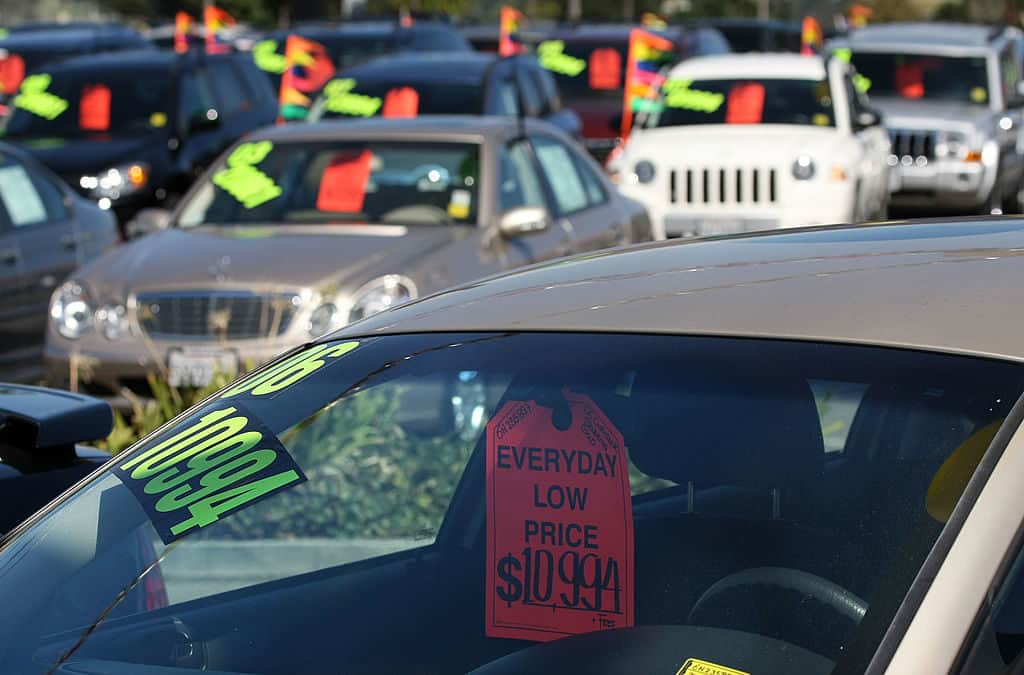
This ploy has worked on almost every buyer. Products that cost more are usually displayed in the front so that you can see them first while the ones that cost less are left in behind. The trick here is, the products you think cost less( the products in the rear) are still overly overpriced.
Even at most times, you will find this trick in restaurants. The cost of a bottle of mineral water in a supermarket is way different from that of the same brand of water in restaurants.
The cost in the restaurant is definitely more than that in the supermarkets. The reason is, people tend to perceive that products sold in restaurants are of high quality compared to supermarkets. That makes the price rise 2-3 times higher than in the supermarket.
18.Win a Huge Prize When You Purchase Total Products Worth a Set Amount Of Money
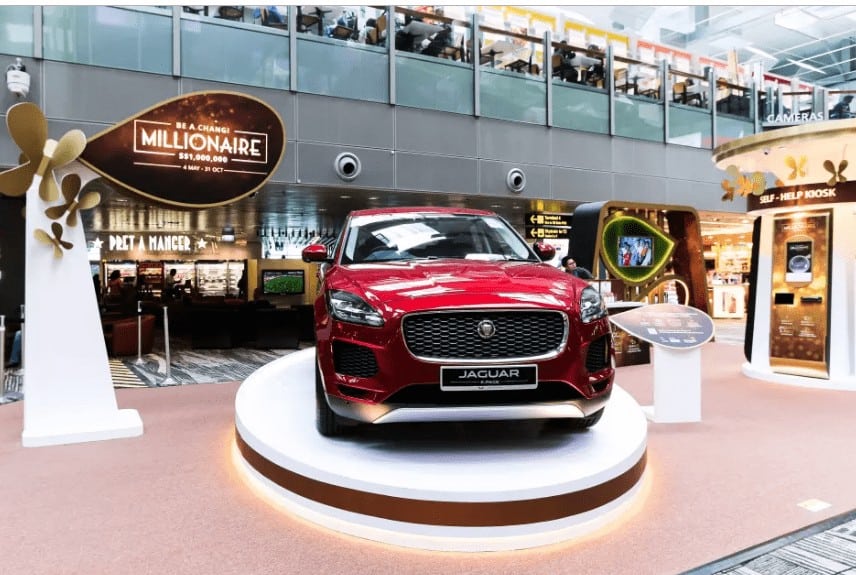
This ploy is used in retail stores and at most times happens during those times when most people are rushing to shop.
The retail store management usually come up with a mega price to win, but to enter the promotion they set targets which are aimed at making more profits for their shops.
For example, you got to a retail shop and you are told, if you shop for products that are more than $100 dollars, you enter a chance of entering a draw to win a car of worth about $10,000.
This trick works magic. Many people will end up buying unplanned products just to ensure they match their requirements to enter the draw for a chance to win the big price.
19. Non-advertising Slogans

Most companies have deployed the trick of anti-advertising slogans as they market their products. These kinds of slogans attract attention more than advertising slogans.
Example of brands who use non-advertising slogans include: The Volkswagen slogan which does not even say anything about how good their cars are.
You may wonder why they decided to go with such a slogan on their advertisement. Deep within, we all Volkswagen is a prominent company that has sold quality products since time.
That means normal advertising slogans may sound like a cliche to their audience. No doubt that is why the anti-advertising slogan is more attention drawing
20 False Visual Appearances
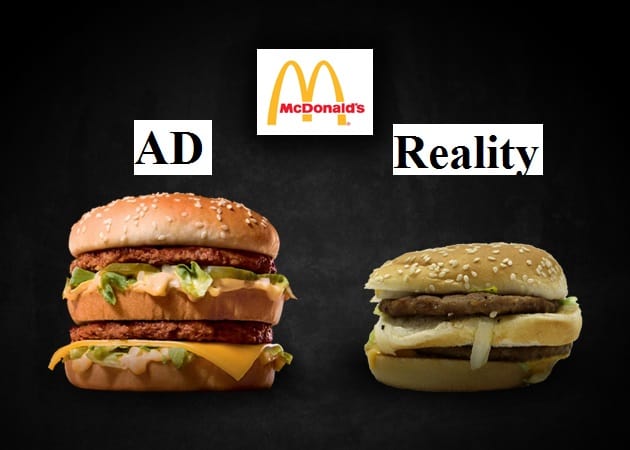
This trick has been deployed by most retailers and food stores. To make some products like burgers and even vegetables more appealing, the photo men sprinkle some water before taking the pictures to achieve some kind of false freshness.
The end result leaves a mouthwatering picture that makes you want to buy the products in a prompt and at the end of the day make unplanned purchases.
On contrary, when you visit the food stores to get the burger, you might be quite disappointed to find that there is very little resemblance in what you saw in the Ad compared to reality.
21. Customized Imagery
Apart from false visual appearance, most marketers have done much on customized imagery to try and lure customers into buying their products. The days of having to send a generic advertisement for products are long gone.
People do not even concentrate on generic adverts anymore. Marketers clearly know this and trying to come up with better ways to market their products even if it costs them much.
For instance, let us assume a certain father has a son who needs soccer boots. If a company like Nike – who make soccer boots come to be aware of this, they take the initiative. So, instead of having to send their full video advert that they use globally for their commercial advertisement, they will just email the father a customized photo or a video that shows a father dropping his son off to a football training ground with nice Nike boots in his hands.

This picture already creates a scenario for the father(client), which is luring enough to get his son Nike boots for his footballing activities.
Customized imagery creates a visual impression of what product you as a customer exactly need.
22. Unnecessary Milestones
We all know that every celebration, whether you are on tight budget or you have lots of money in your pocket will require you to spend.
That is the reason why there are so many international and national holidays almost every day. Based on everyone’s cultural background the importance of the holidays differ from one person to another.
Milestones especially, are just but mere man made days that people spend money to observe the so purported important events.
Suppose you go through your Calendar well then think about it, there are so many unnecessary holidays throughout the year which we spend and celebrate lavishly.
Some of these holidays include: mother’s day, father’s day, valentines day, Halloween, among others which have been set aside for remembrance and celebrations.
Celebrating these days and events is not bad, because we live in a society that observes these kind of days already. However, overspending during these days is not necessary as are they are just but days set aside for marketing purposes.
Let us take take an example of the National Doughnut Day, celebrated in the US. Most people would feel quite obliged to celebrate this day and may fancy buying doughnuts on that day for themselves or for their families. This is regardless of it (the day) sounding like such an amusing little event ( doughnut day, huh!)
While a doughnut may turn out to be cheap, the same marketing ploy can be applied to the other big holidays like the events named above including other big holidays like the Independence day.
Wrapping It Up
There you go! 22 tricks and ploys for you. You might have been preyed on by marketers unknowingly before. Maybe you would have avoided it or not, but all the same, at least you are aware now.



